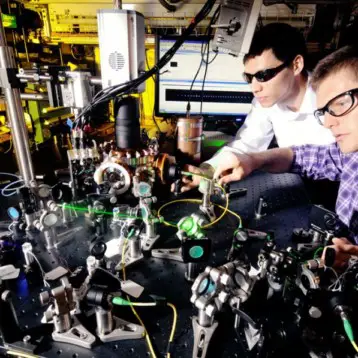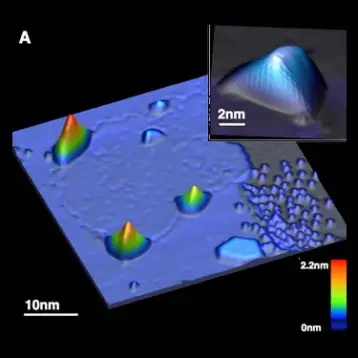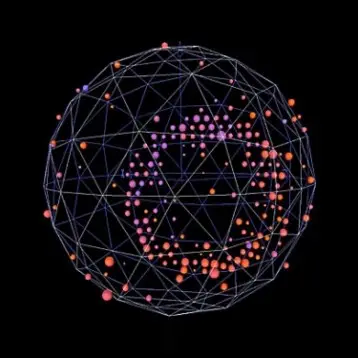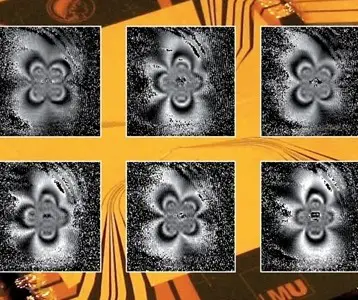The CMS detector will enable physicists to study different aspects of proton collisions at 14 Teraelectron-Volts (TeV), 14 times more powerful then the Tevatron – the strongest particle accelerator in existence. Like most particle physics detectors, the CMS is based on a powerful magnet system. Its superconducting Solenoid has a length of around 12 m and an inner diameter of about 6 m. The CMS’ magnetic field strength will be 4 Tesla – about 100,000 times that of the earth’s magnetic field and equal to that produced by the Barrel Toroid superconducting magnet, which is part of the LHC’s ATLAS detector. The CMS contains subsystems designed to measure the energy and momentum of products of the particle collisions. The innermost layer of the detector is a silicon-based tracker. Surrounding it is a scintillating crystal electromagnetic calorimeter, surrounded by a sampling calorimeter for hadrons.
Construction of the CMS began in 1999 at Cessy, France, near the French-Swiss border. Though far smaller in volume then the ATLAS detector, the CMS is twice as heavy, weighing an unimaginable 12,500 tons. The detector is being assembled 100 m underground and its different parts, which weigh up to 2,000 tons, are lowered down a shaft using a specially modified shipbuilding crane.
When the CMS will begin to operate in late 2007, it will handle around 500 Gb/s of data – a rate comparable to copying more than 13 DVDs every second. Processing this data will be an international collaboration involving approximately 4,000 workstations and many thousands of physicists, technicians, and infrastructure personal.










